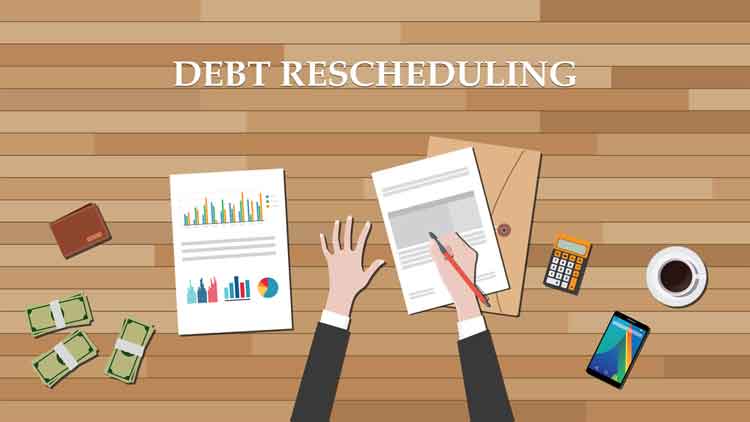Public expenditure is the amount used to pay for services. The government is the largest spender in the economy. It spends money on everything from public schools to national defense, and it’s up to you-the taxpayer-to foot the bill. Depending on how much your income exceeds certain thresholds, you’ll pay anywhere from 10% to 39.6% of your earnings in taxes each year. This post will discuss the most common types of public expenditure, their definitions, and how they’re measured.
Public Expenditure and How It Is Measured

The first type of public expenditure is government consumption. Government consumption is the total cost of all goods and services used up by a level of government or administration. The second type of public expenditure is an investment. The investment includes spending on things such as infrastructure, buildings, machinery, and equipment that will be used up over a number of years-often at quite a large expense. Finally, there are transfers, which are payments to people who don’t provide any goods or services in return for being given money; these are usually made because of illness or disability.
Government Consumption
This expenditure is divided into two categories: compensation and other. Compensation includes the cost of all wages, salaries, and related benefits. Other costs include all depreciation and non-wage compensation such as hours lost through strikes. This expenditure is also divided into three categories: goods, services, and transfers. Goods are defined as durable items with a long life that can last longer than one year. Services are generally intangible in nature and do not necessarily transfer ownership of the good to the user. Transfers are defined as cash or in-kind payments that do not result in any immediate change in ownership to the recipient.
Investment
This expenditure can also be divided into two categories: capital investment and defense. Capital investment includes the construction of roads, schools, and hospitals any expenditure that will have an effect on national income beyond one year. Defense includes the purchase of tanks, aircraft, and other military equipment. This type of expenditure is not expected to provide a lasting impact beyond one year since these purchases are for short-term gain.
Transfer Payments
Transfers are defined as cash or in-kind payments that do not result in any immediate change in ownership to the recipient. This expenditure is divided into three categories: social benefits, subsidies, and other transfers. Social benefits include income support for people such as unemployment insurance, welfare, and reimbursements on medical expenses. Subsidies are when a government hands out money to companies or individuals so that they can produce their goods or services at below the costs of production. Subsidies include cash payments, tax breaks, and price controls. Other transfers include all other in-kind payments and income on assets held by the public sector. This covers loans, investments that aren’t included in the first category, and any compensation for bad investments.
Final Thought
In order to calculate public expenditure, the government has to choose a base year this year that becomes 100% of their total value. Then they divide each type of spending into its relative share. This can be measured by using real or nominal values which correspond to either price levels or quantities respectively. Real values are used to measure the number of goods and services produced by public spending whereas nominal values are used when measuring the costs of purchasing those goods.

Denise Moreno is a business consultant. She teaches people how to start a business. She tries to understand her client her own thought, tricks and show the possible way to start a business. She worked with hundreds of clients and made them successful. She earned his degree in the University of South Florida. Lynn is her husband’s name. They got married in 2009. They have two girls. Both of them have a passion for travel.

